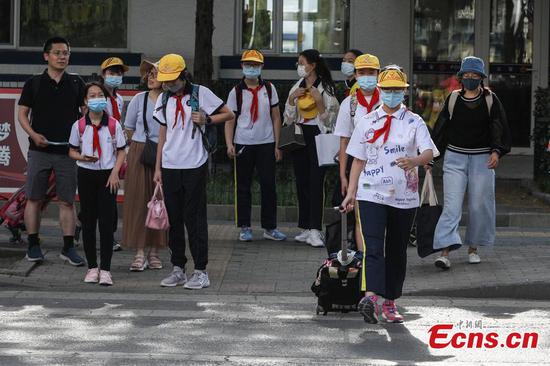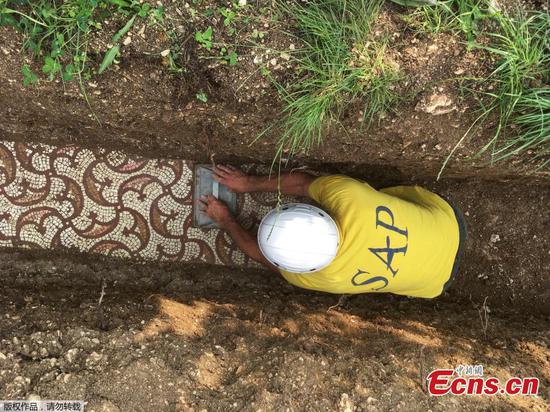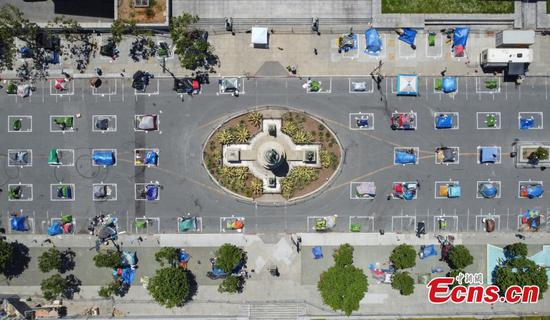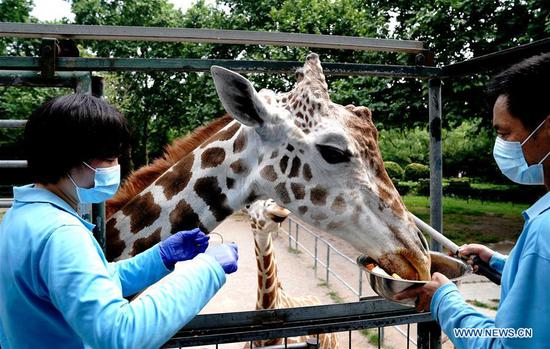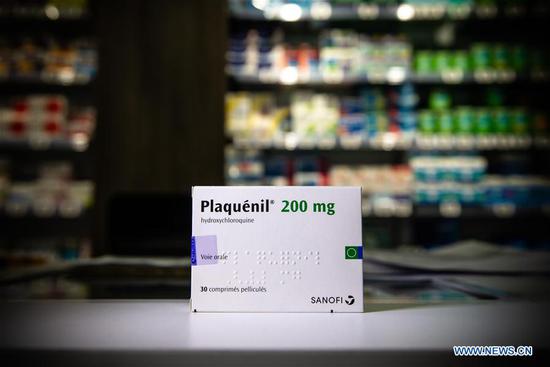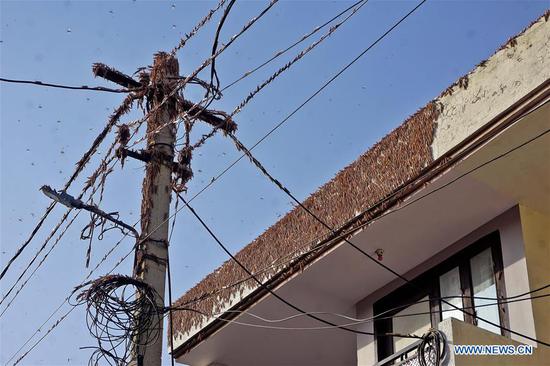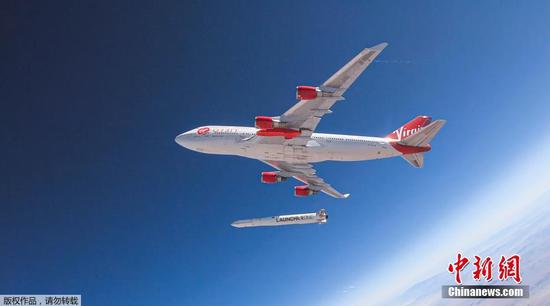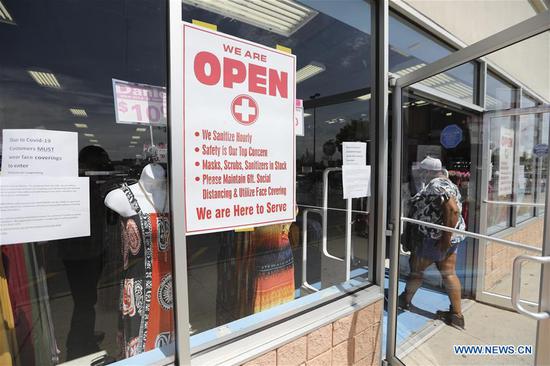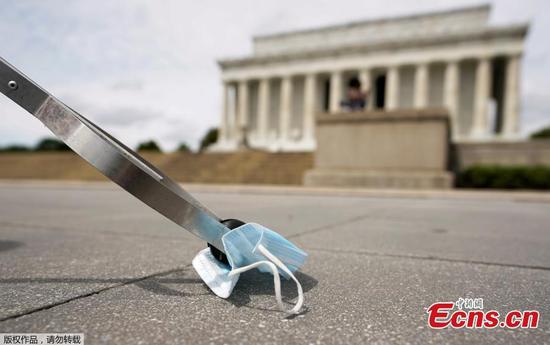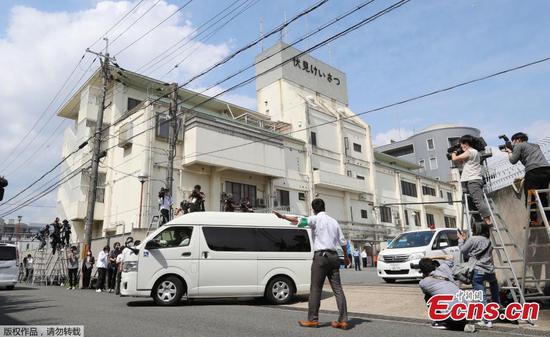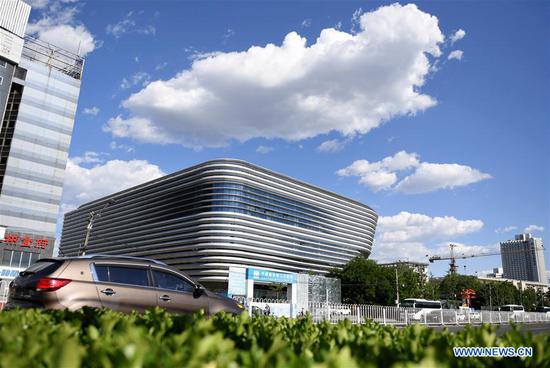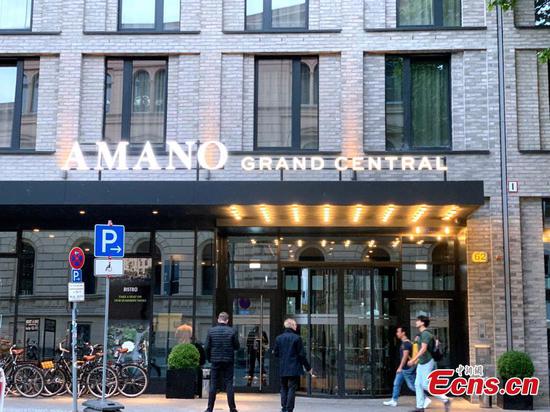Italy recorded 178 fresh cases of infection from the novel coronavirus in the past 24 hours, the lowest such figure since Feb. 27, the Civil Protection Department said on Monday.
The overall number of COVID-19 infections, fatalities and recoveries rose to 233,197 cases over the past 24 hours, from 233,019 cases on Sunday.
The pandemic began in Italy on Feb. 21 in the northern, densely populated and highly industrialized Lombardy region, whose capital is Milan.
Total active infections stood at 41,367, down from 42,075 on Sunday, while another 848 COVID-19 patients recovered, bringing the total recoveries to 158,355.
Another 60 patients died, taking the toll to 33,475.
The overall fatalities include 166 doctors, according to the National Federation of Orders of Surgeons and Dentists (FNOMCeO), which is keeping a running tally of doctors who died in fighting the virus.
Of those who tested positive for the novel coronavirus, 424 are in intensive care, 11 fewer compared to Sunday; and 6,099 are hospitalized with symptoms, down by 288 patients over the past 24 hours, the Civil Protection Department said.
The rest 34,844 people, or 84 percent of those who tested positive -- are quarantined at home because they are asymptomatic or have very light symptoms.
"The new coronavirus is circulating less... This is due to both the lockdown and existing measures such as the use of face masks and social distancing," Dr. Luca Richeldi, who heads the Pulmonology Department at Rome's Policlinico Gemelli Hospital and who sits on the Technical and Scientific Committee advising the government on how to fight the pandemic, told reporters on Monday.
Italy declared a six-month national state of emergency due to the coronavirus pandemic on Jan. 31, and the government followed this up with a nationwide lockdown that went into effect on March 10.
Exactly a month later, on April 10, Prime Minister Giuseppe Conte announced the lockdown would continue until May 3, to be followed by a so-called Phase Two involving "the gradual resumption of social, economic and productive activities."
INDUSTRY "SUFFOCATED" BY LACK OF DEMAND
Phase Two, however, is off to a slow and painful start for industrialists, according to a report on Monday by the General Confederation of Italian Industry (Confindustria).
The industrial sector "is still suffocated by extremely weak domestic and foreign demand," the report said.
Italy's industrial production plunged by 44.3 percent in April and by 33.8 percent in May compared to the same period last year. Also on a yearly basis, the volume of industrial orders dropped by 29.6 percent in April and by 51.6 percent in May, the Confindustria report stated.
On the home front, "millions of workers have lost their purchasing power" while household consumption fell as people prefer to save their money amidst uncertainty as to how long the health emergency will last.
On the international front, "foreign demand is still compromised by the different timing of the introduction of COVID-19 containment measures in other countries," the report said.
"Many entrepreneurs are suffering from lack of cash flow and are being forced to play by ear in the midst of a scenario of extreme uncertainty with regards to the Italian and the international economy," Confindustria wrote.
The report warned that "we risk the explosion of an outright social emergency within a few months" unless the government steps in to help the productive system.
Confindustria represents more than 150,000 manufacturing and service companies of all sizes in Italy, employing over 5.4 million people in the country.
45 MLN AIR PASSENGERS "LOST IN LOCKDOWN"
One of the most hard-hit sectors is air transport. Due to the lockdown, Italy's airports lost 45 million passengers in March, April and May compared to the same period last year, and over 10,000 airport staff have had to claim unemployment benefits, the Association of Italian Airports (Assaeroporti) said in a statement on Monday.
The association "asks the government to ensure a competitive air transportation market" through targeted policies, because "air transport is a critical sector for Italy's socio-economic recovery."
Assaeroporti pointed out that 40 percent of foreign tourists reach Italy by air, and that together, the air transport and tourism sectors generate "17 percent of national gross domestic product (GDP)."
Assaeroporti represents 32 companies that manage 42 airports, which move 193.1 million passengers a year.
















